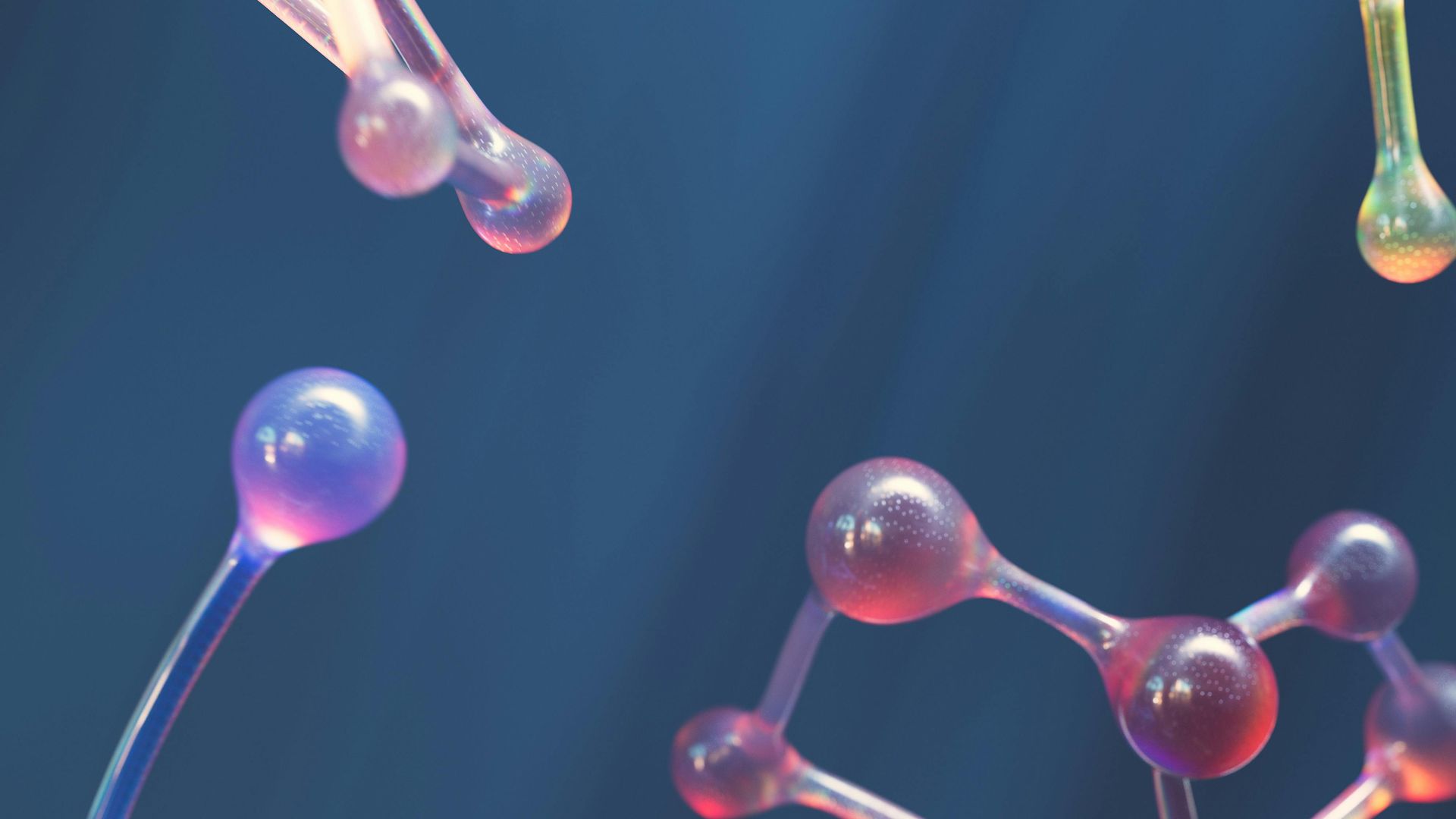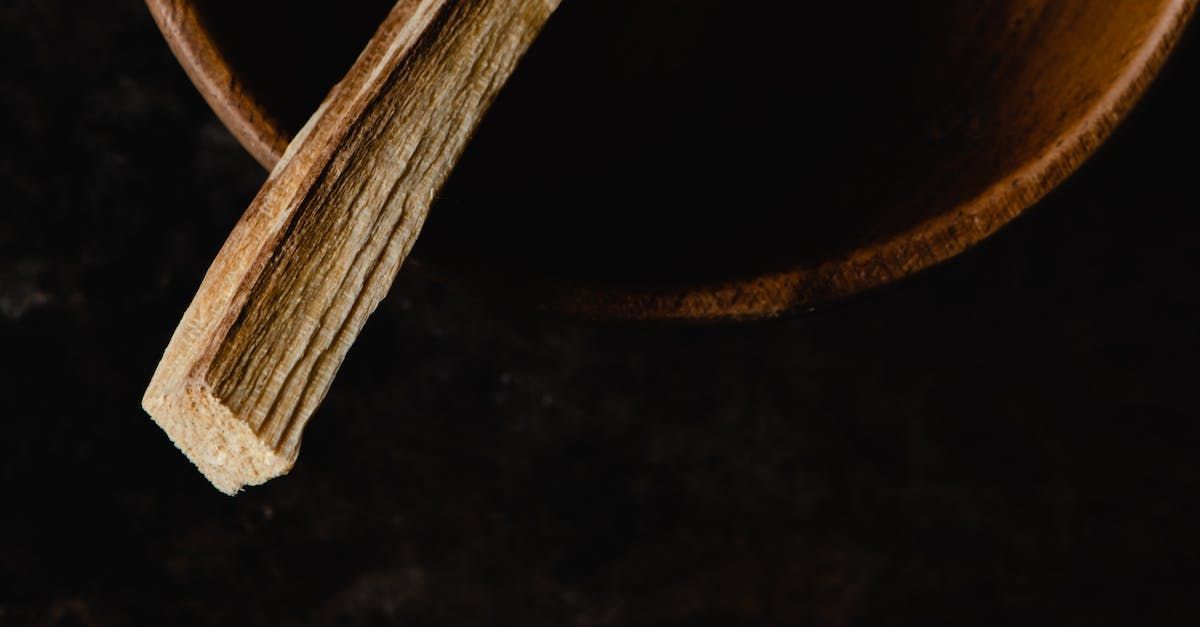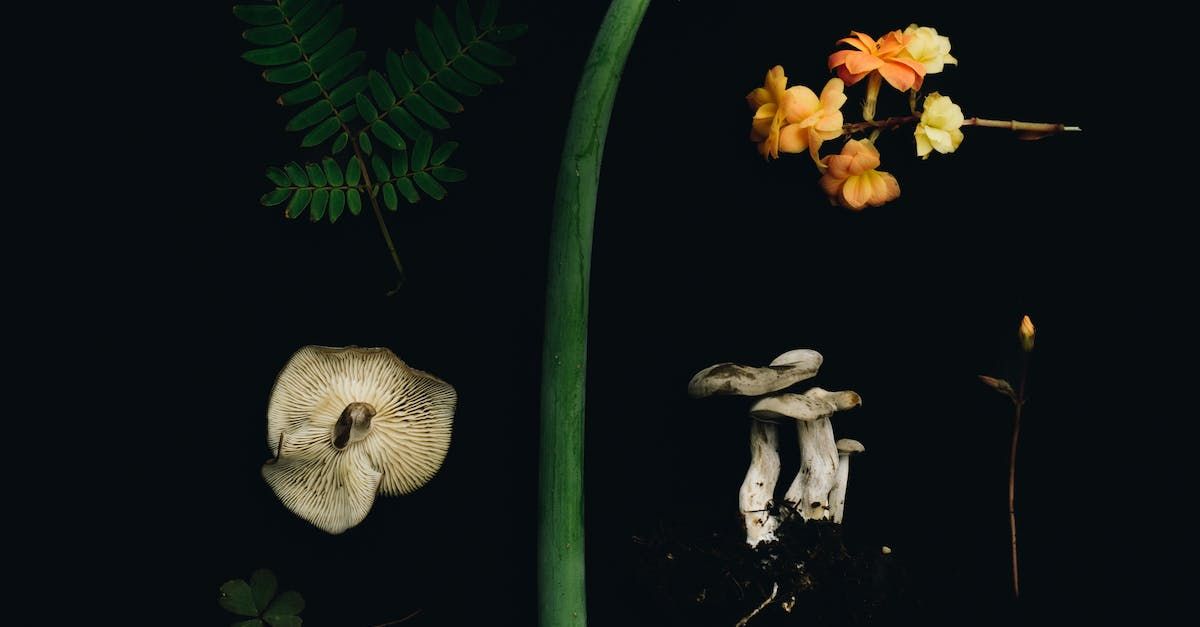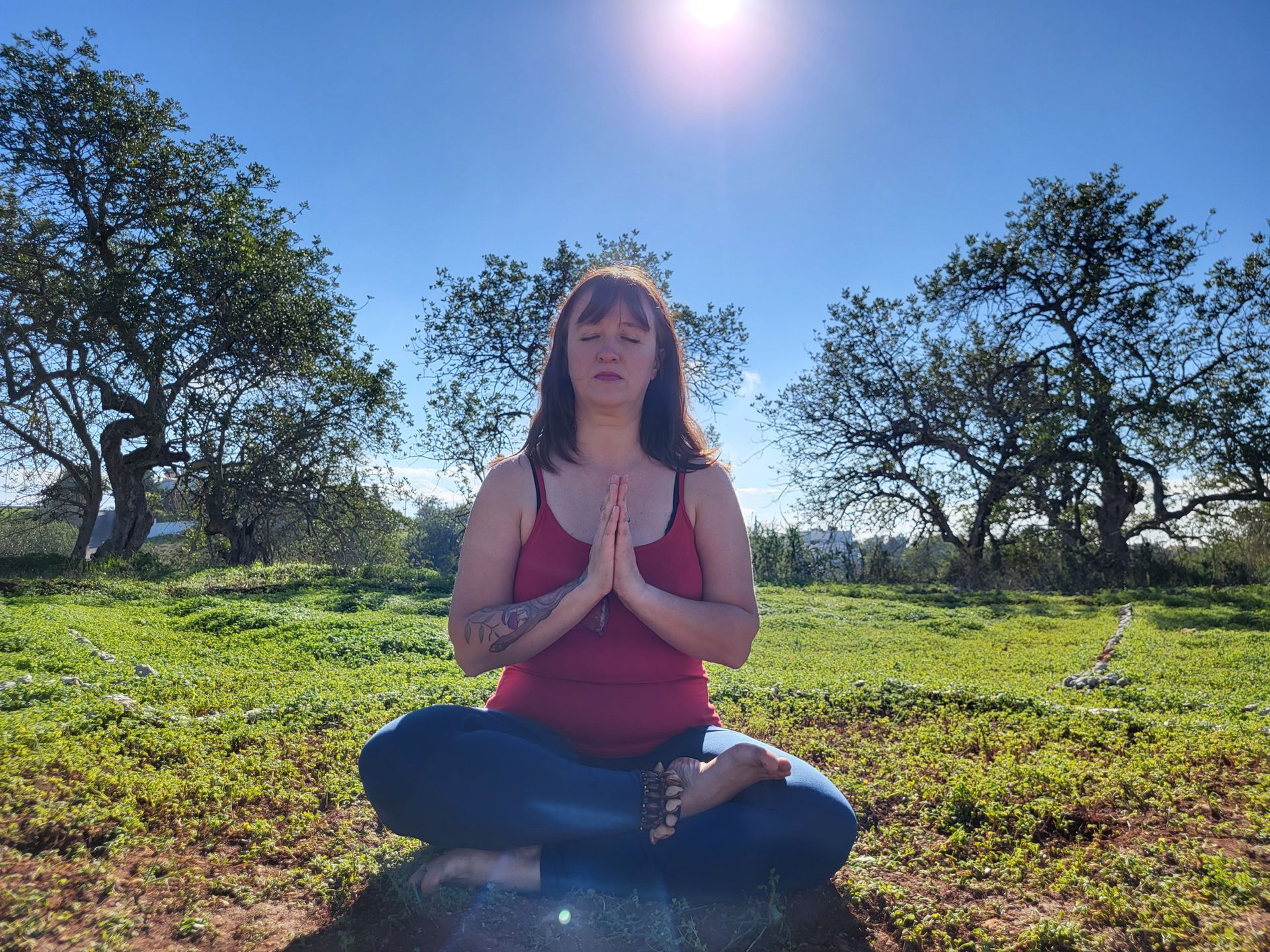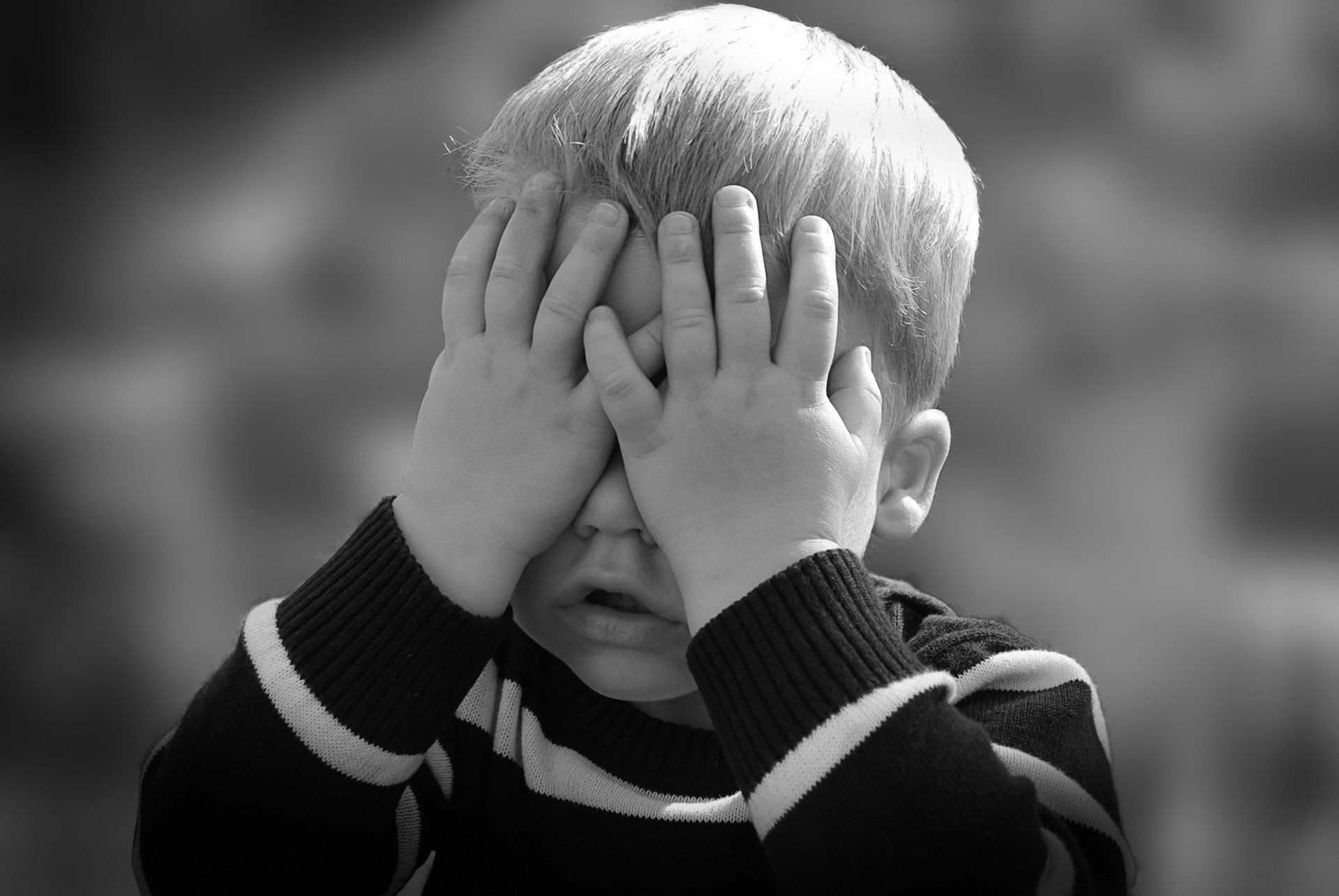*Disclaimer: We do not sell drugs, psychedelics or hallucinogens. We offer a safe space for holistic retreats.
Ayahuasca: Myths versus Facts
by Bianca
Many people are becoming increasingly aware of this term, but there is a lot of confusion and controversy around it. So if you never heard of Ayahuasca, here’s a quick introduction.
Ayahuasca is a concoction made of (usually) 2 plants from the Amazon, used by the indigenous people for thousands of years, to treat physical and emotional ailments. Also, people tend to refer to one of the plants used in the brew as “the Ayahuasca vine”, the botanical name being Banisteriopsis Caapi. The other plant used in the brew is usually the Psychotria Viridis, also known as “Chacruna”. When prepared together, in a long and tedious cooking process, these two plants will send the drinker on a psychedelic journey, where they will get insights into their emotional or physical trauma.
So how does this “magic” work? The Chacruna contains a psychedelic substance called DMT (Dimethyltryptamine), a substance that is endogenous to the human body. Recent studies show that the human body produces DMT levels comparable to serotonin, however it is very quickly broken down by our body through a process called Mono Amino Oxidase, so we do not notice the psychedelic effect. Here is where the Ayahuasca vine steps in: it contains a so called Mono Amino Oxidase Inhibitor, which basically makes the DMT in the Chacruna active.
Myth 1: Ayahuasca is an illegal hallucinogenic drug
Facts: well, not necessarily. Regarding the illegal part, the brew or the plant is explicitly illegal only in a couple of countries around the world. What is illegal is DMT, which puts the brew in many countries in a grey zone from a legal point of view. As a schedule I drug in most countries, it is illegal to use or own DMT. Which of course is absurd, considering that our body produces it, as do countless plants and animals around the world. Science believes that DMT plays an important role in dreaming.
Regarding the hallucination part, a definition of hallucination is:
“A sight, sound, smell, taste, or touch that a person believes to be real but is not real.”
Although the Ayahuasca experience tends to heighten the senses, the subject always knows what is real and what is not. It’s like dreaming and being awake at the same time. Ayahuasca can send the drinker into unimaginable beautiful sceneries, geometries, patterns, stories, past or future lives, but at any time the subject will know that this imagery is happening inside his/her mind, not outside of the subject.
Myth 2: Ayahuasca is placebo or “woowoo”
Fact: Although there is not so much research on Ayahuasca as there is on Psilocybin (aka magic mushrooms) or MDMA (aka Extasy), the research done so far shows measurable physiologic changes going on in the body during an Ayahuasca session. There’s a change in brainwave activity, which can have a long lasting change on the subject. It is comparable to peak experiences of meditating Buddhist monks. It restores homeostasis and it is believed to balance right and left brain, that is emotion and logic.
It was shown that during an Ayahuasca experience the so called “default mode network” of a person is less active, allowing other areas of the brain to be more active. In this state a person is able to review certain aspects of his/her life, from different points of view. In the case of trauma, this can initiate a healing process for the subject. As we know from hypnotherapy, dialing down the default mode network gives the subject easier access to parts of the subconscious mind, thus enabling them to see and “reprogram” certain patterns or behaviors.
Myth 3: Ayahuasca is like 10 years of therapy in one session = it will solve all my problems
Facts: Just as the body, the psyche also has the ability to heal, given the right conditions. As with physical ailments, healing the psyche may imply changing lifestyle choices or habits. Ayahuasca will show you the trauma underlying your pain, unwanted behavior or limiting belief. It will raise your awareness and it will give you tools to handle the triggers, but you have to do the work.
Example: let’s say someone takes Ayahuasca to rid themselves of depression. Ayahuasca will show them the underlying trauma — for example this person was constantly verbally abused in childhood by it’s parents. That is the original wounding, resulting in low self esteem. Now this person is in a relationship with a partner that is also verbally abusive, because this was the mental image of a relationship, this behavior was familiar. In order to heal the depression, this continuous trigger has to reside. So either our subject is learning to draw clear boundaries or they need to separate. Both these scenarios can be very difficult, but if our subject does not do these life changes, the Ayahuasca can not help them. So in this particular case it may be beneficial to work with an integration coach or a therapist to build up the strength and resilience to make these changes. It may also take a couple of more Ayahuasca sessions to solve this. But the real work is not drinking the Ayahuasca, but integrating the learnings into ones daily life.
Myth 4: Ayahuasca is addictive
Facts: There is no physical addiction to Ayahuasca. Period. Also, adding to the horrible taste of the brew, taking Ayahuasca is physically and mentally draining. It can involve vomiting, diarrhea, nausea and head aches. Also it brings up repressed emotions, like pain, grief, anger, all those emotions we tend to avoid feeling. It is definitely not a walk in the park. That being said, many people do choose to come back to Ayahuasca, for healing, but also for advice, for creativity and for the peak experience itself. Once someone worked through their pain and trauma, it tends to become a more mystical experience, connecting you to God or the universe or giving you insights on the nature of reality. There are people who take Ayahuasca once and then never again and then there are those who take it yearly or once in a while.
Myth 5: You must go to the jungle to experience Ayahuasca
Facts: Although taking Ayahuasca in the jungle with a well intentioned, experienced shaman can be a life changing experience, most tend to forget that we, as westerners, lack the spiritual framework (language) that the indigenous people of the Amazon have. Whereas for us an altered state of consciousness is something extraordinary, the people of the Amazon feel connected to their environment and have a completely different perception. In their eyes, the plants have a sprit that speaks to them. The souls of their ancestors are showing themselves in the form of birds and animals to give them signs and wisdom. Planet earth is a living being, the mother of all things earthly. Lacking this understanding (language), in order to make most of this extraordinary experience, an integration framework is needed that is closer to our understanding, for example psychology. Using the psychological framework and western understanding of the subconscious, we are able to give meaning to these powerful experiences and thus integrate the teachings into our life.
If you have been contemplating on taking a deep dive with this wonderful medicine, somewhere in a supervised ceremonial setting, look no further. At Heart-Wellness, the best of two worlds collide: proven ancient medicine with todays knowledge. Check it out and stay healthy!
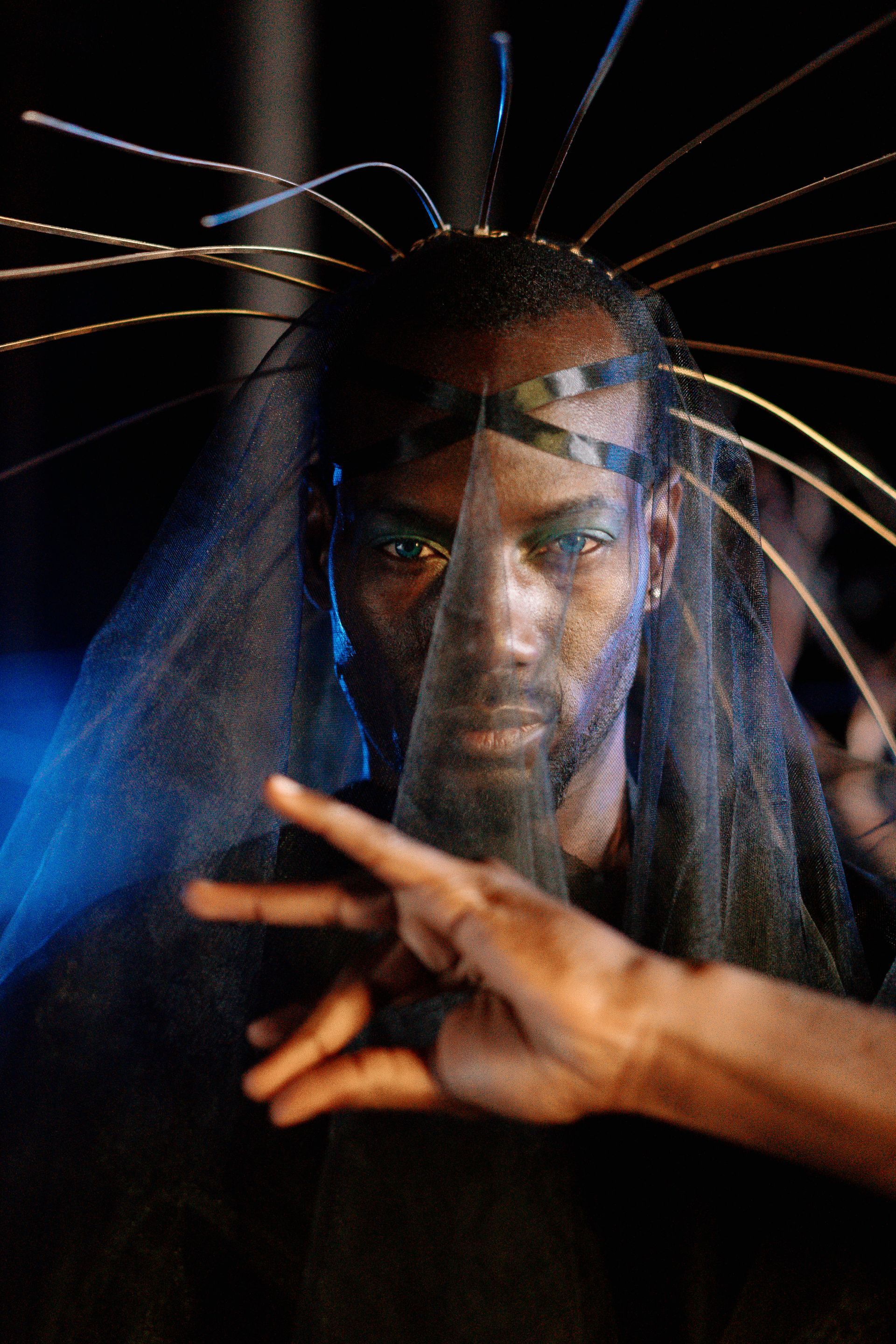

*Disclaimer: We do not sell drugs, psychedelics or hallucinogens. We offer a safe space for holistic retreats.

